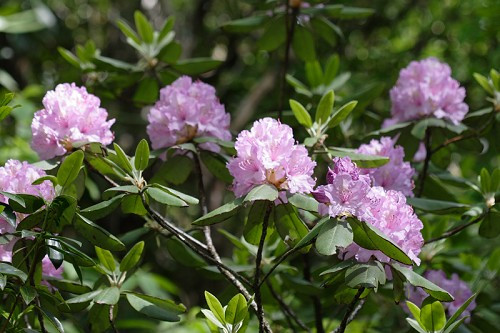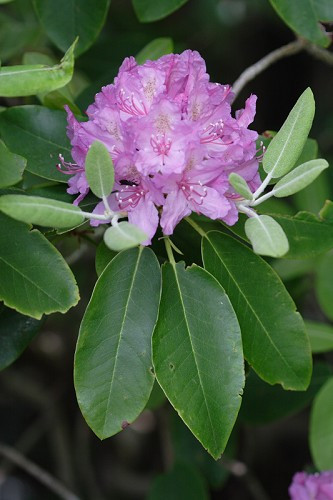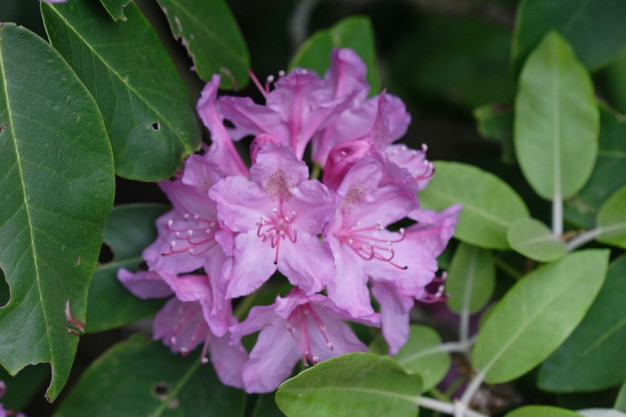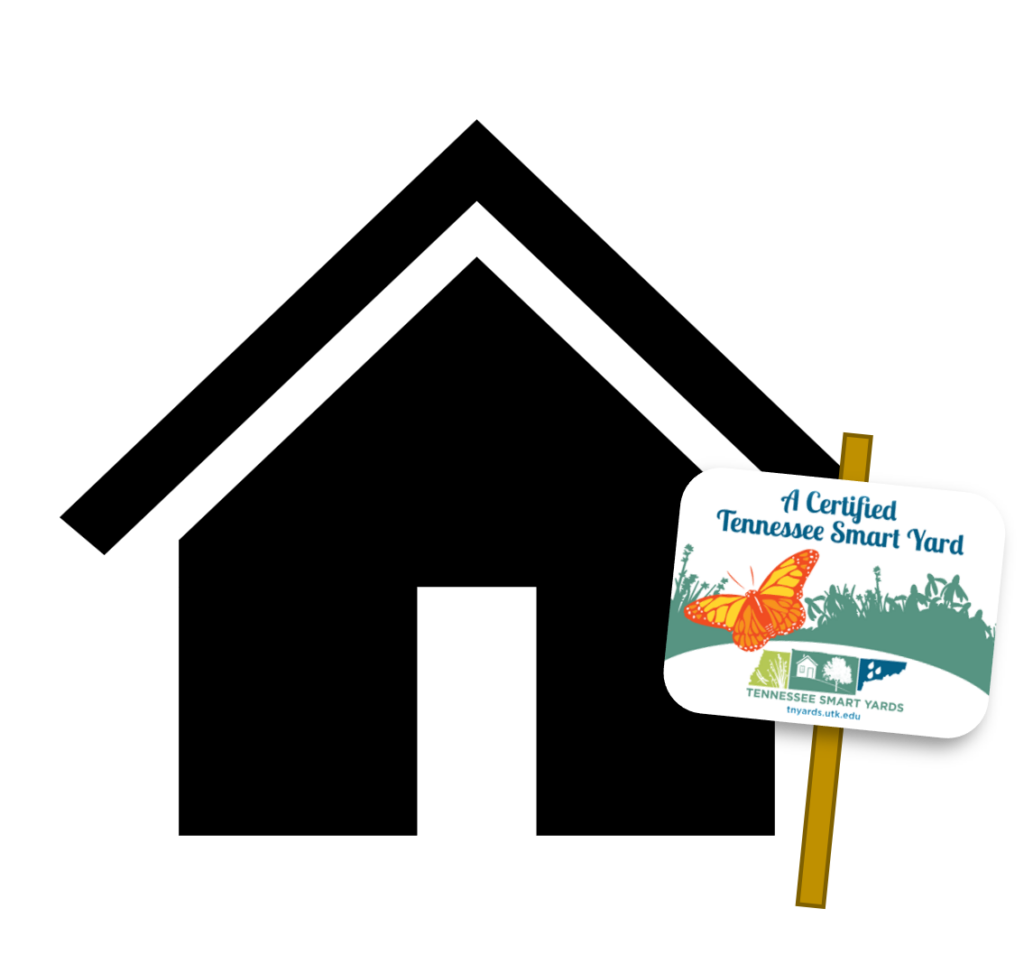
Common Name: Catawba Rhododendron, Catawba Rosebay, Red Laurel, Early Azalea
Light shade; medium to moderately dry moisture level; rocky or sandy loams, thin soils over rocks, rich loams, silt loams and clay soils; demands strongly acid to moderately acid pH.
6-12 feet height by 6-12 feet spread; blooms in May and June; purplish-rose flowers; fruit are dry, hairy, oblong capsules in August and persisting through winter.
Growth Rate: Slow
Maintenance: Frequent disease and insect problems. Good cultural practices help reduce damage. Frequent damage from winter wind and sun; plant in a sheltered location. Use a yearly addition of organic mulch to retain moisture and reduce temperature fluctuations. Avoid application of fertilizers which tend to create fertilizer burns. Rhododendrons are sensitive to high levels of fertilizer salts.
Propagation: Seed propagation code A. Moderately easy from seed and difficult by cuttings. Seeds need to be mixed loosely into a sphagnum moss and sprinkled lightly over a 2:1 perlite/peat mixture and germinated under a mist or in a plastic tent at 45-50 degrees F.
Native Region: East Tennessee, particularly the Unaka Mountains
Handsome, evergreen azalea with picturesque, often leggy, irregularly ascending branches. Foliage turns purplish in fall. One of the hardiest rhododendron species, hardy to -30 degrees F. Very tough and adaptable. Beautiful when used en masse. Occurs naturally on mountain slopes, bluffs and cliffs, cool damp slopes, rocky banks of mountain streams, flat rock outcrops and heath balds. Forms dense thickets on mountain slopes. Needs careful siting in a cool, moist, well drained soil. All parts are poisonous to humans. Low wildlife value, with limited use by birds; attracts bees. Cultivars available.


